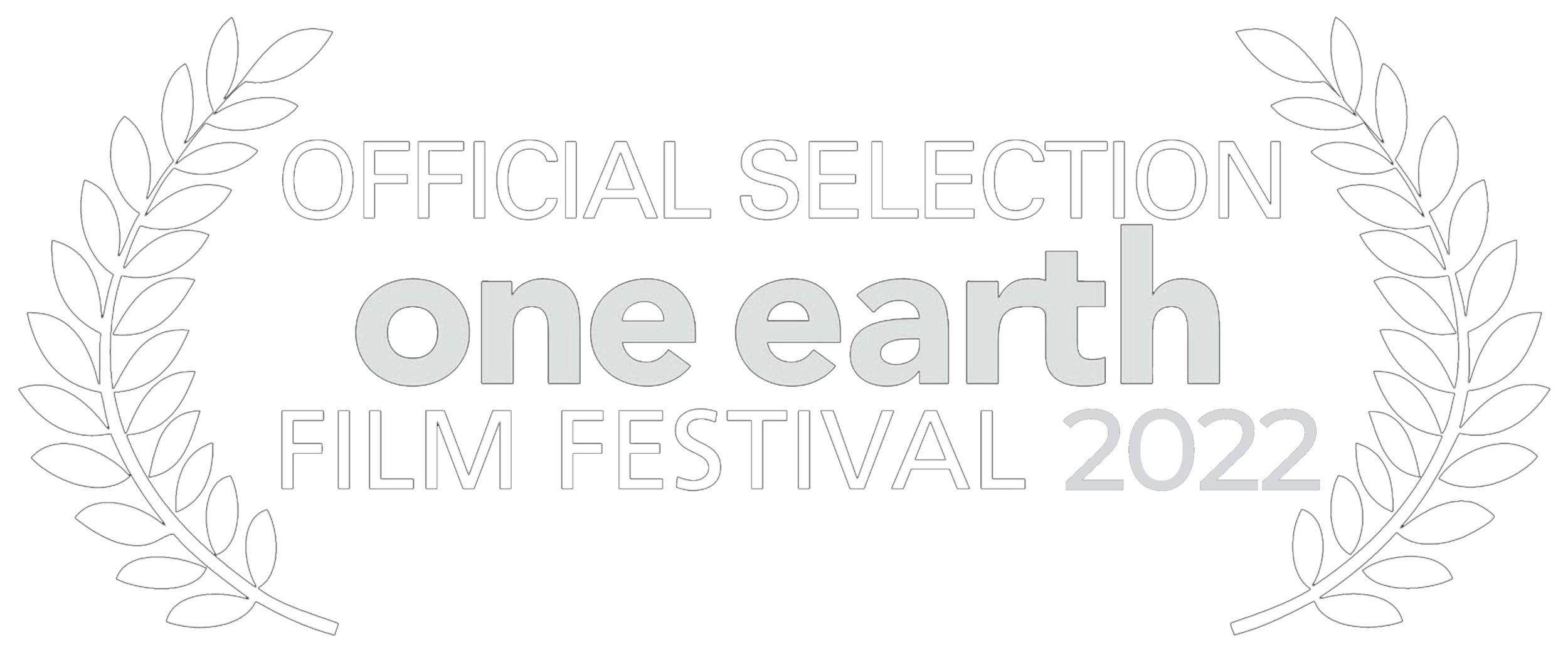
Synopsis
If you travel down a one-mile stretch of Doremus Avenue in Newark, NJ, you pass a natural gas plant next to a sewage treatment facility next to an animal fat rendering plant next to a series of ominous looking chemical storage containers behind acres of fencing. Airplanes pass overhead every two minutes, their engines rattling windows, while a putrid smell wafts from the open pools at the sewage treatment plant.
This stretch is known as Chemical Corridor, and it’s located just down the road from schools and apartment buildings. It borders the Ironbound neighborhood, where Portuguese, Brazilian, Central American and African American residents are separated from toxic substances by little more than a railroad track.
The Ironbound district of Newark, New Jersey, is one of the most toxic neighborhoods in the country. Maria Lopez-Nuñez, a Honduran-American resident there, is waging a war for environmental justice. She is part of the Ironbound Community Corporation, one of the most effective environmental justice organizations in the country. The Sacrifice Zone follows Maria as she leads a group of environmental justice fighters determined to break the cycle of poor communities of color serving as dumping grounds for our consumer society.

“I can't call it anything other than a sacrifice zone – a zone that's been deemed these lives don't matter as much.”
Maria Lopez-Nuñez


The Struggle
Covanta Essex (center, grey tower)
As the film begins, Covanta, the largest incinerator on the East Coast which is located in the Ironbound, has just applied to renew its permit, which includes releasing ‘acceptable’ levels of dioxin and mercury emissions. Inside Covanta, we can see what 10,000 pounds of trash actually looks like, and how the facility produces energy from waste. The sheer volume of the problem is brought into sharp focus, and the exasperation of the neighborhood is palpable.
Maria has dedicated her life to challenging the current political system and holding polluters accountable while building resistance within her community. She is the "Erin Brokovich" of the Ironbound, investing everything she has for the sake of survival. She and her colleagues aren’t just fighting for their community, they’re fighting for us all.
.
Throughout the film, Maria and her fellow activists lead Toxic Tours that show the harsh reality on the ground. These tours move us through the neighborhood, where we experience firsthand the proximity of so many polluters concentrated in a small area. One of the stops on the Toxic Tour, the Passaic Valley Sewage Treatment Center, processes waste from 3 million people in the NY/NJ region. Urban planner Ana Baptista explains that during Superstorm Sandy an eight-foot tidal wave washed through the open waste-water pools in front of us, carrying sewage into the waterways, rivers and local residents’ homes. Shockingly, no significant precautions have been taken since then and the neighborhood is just one major storm away from catastrophe.
Maria is an inspiration as she continues to fight for environmental justice, policing industrial polluters, holding government agencies to task, and empowering her community to take charge of its own destiny.
Passaic Valley Sewage Commission
Want to watch?
Screen the Film
















